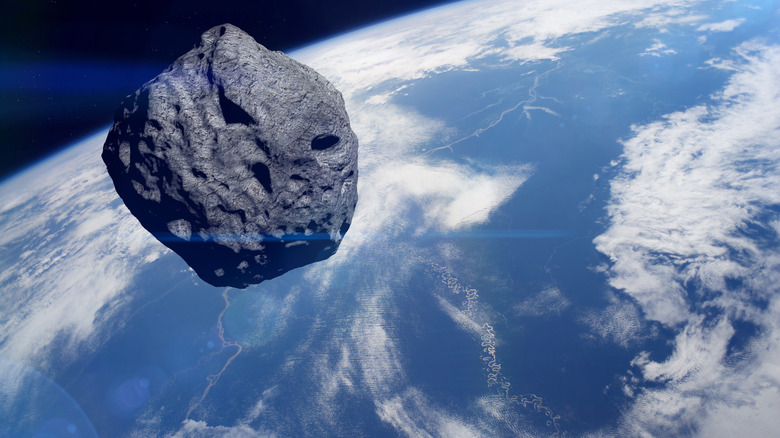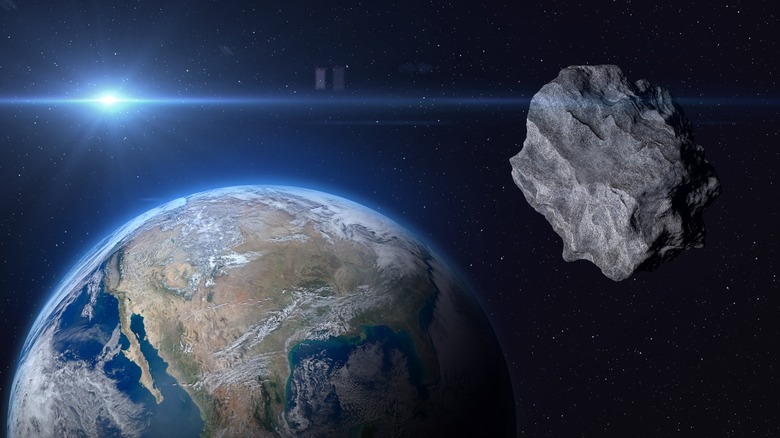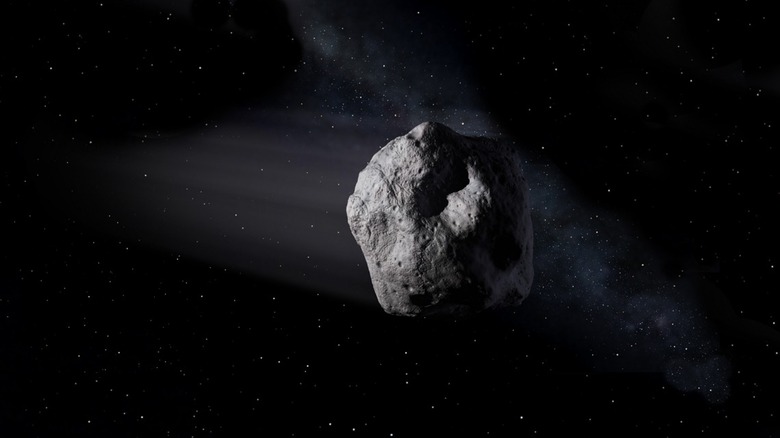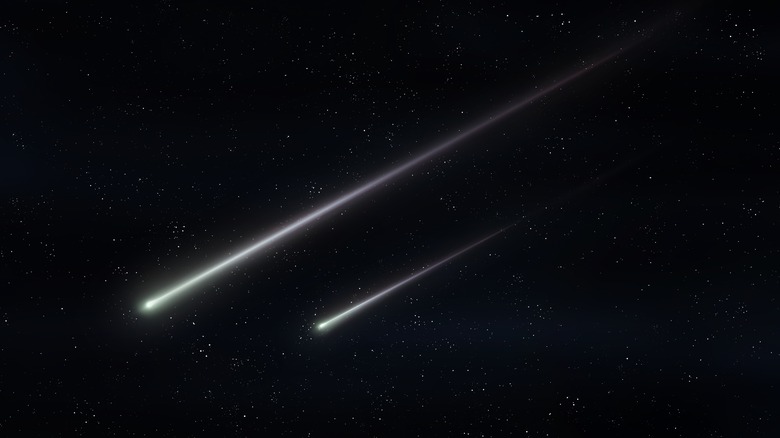Citizen Scientists Spotted A Near-Earth Asteroid Before NASA Did: Here's How
Our solar system is full of thousands of asteroids, ranging in size from tiny 3-foot ones to huge ones that can be larger than half a mile across. These asteroids all orbit around the sun, but their orbits aren't perfectly circular. Often they will have elliptical or oval-shaped orbits that bring them closer to the sun at some times than others. That means that sometimes the orbits of these asteroids can intersect with Earth's orbit, and they can come close to our planet.
When an asteroid comes within 1.3 astronomical units of the sun (that is, within 1.3 times the distance between the sun and the Earth), it is categorized as a near-Earth object. If an asteroid is not only coming within that distance but also crosses the Earth's orbit and is larger than 359 feet across, it is further categorized as a potentially hazardous object because of the potential damage it could do if it were to strike the Earth.
Watching out for these asteroids is an important task for space agencies like NASA, but with so many objects to track no one organization can spot them all. So members of the public help with this too, combing through data to spot and track potentially dangerous asteroids through projects like the University of Arizona's Catalina Sky Survey. Members of the public recently helped to identify a near-Earth object called 2023 TW, named after its year of discovery.
How close will 2023 TW come to Earth?
The asteroid 2023 TW is notable because of its distance from Earth: it will come within 375,000 miles of Earth's orbit, called a mean orbital intercept distance, but researchers assure the public that there's no chance of it impacting Earth as the planet won't be in that part of its orbit when the asteroid is. "The mean orbital intercept distance describes how close an object approaches Earth's orbit," explained the director of the Catalina Sky Survey Carson Fuls. "Earth might not be anywhere near the asteroid when it approaches a spot in its orbit."
So this object won't pose a danger to our planet, but it is still an interesting object to study because of its size. At 164 feet across, it is similar in size to meteors that have struck Earth in the past, but not big enough to be considered a potentially hazardous object.
"For an object to be considered a potentially hazardous asteroid, both the distance and size need to be taken into account," Fuls says. "This asteroid meets the distance requirement, but not the size requirement." When asteroids do come very close to the Earth, the smaller ones tend to burn up in Earth's atmosphere, which is the reason that only larger asteroids are considered hazardous.
How to spot an asteroid
This asteroid was spotted using data from volunteers submitted through a portal called the Daily Minor Planet. This site collects hundreds of images taken using a telescope on Mount Lemmon, which are then analyzed by an algorithm. Anything that looks like it could be an asteroid is then flagged for the human volunteers to review. There can be hundreds of potential detections every night, so volunteers are needed to look at each one and assess whether it could be an asteroid.
Over 1,200 objects have been discovered so far, which are then reported to an organization called the Minor Planet Center which organizes information about small bodies in the solar system. The asteroid 2023 TW was spotted using this system, but it had to be identified quickly. Asteroids move through the sky fast, so scientists have only a short window to observe them before they are gone.
"Close approaching asteroids appear so briefly in our sky and are moving so quickly that any delay in processing or reviewing the data increases the chance that they cannot be re-observed and confirmed," Fuls said. "Very close approaching asteroids may zip right past the Earth and quickly become too faint due to distance or go into the daytime sky where we can no longer see them." The asteroid 2023 TW was identified just two days after the initial observations were taken, showing how quickly the whole process needed to move.
Why study asteroids?
Even though this recently spotted asteroid isn't a threat to Earth, it's still interesting to study. That's because asteroids can act like time capsules from when the solar system was very young, showing what kind of compounds were present when the planets were forming. "Asteroids are the leftovers from the formation of our solar system," Fuls said. "They are essentially the test particles that can help us understand how planets and other objects in the solar system came to be. By identifying asteroids we are filling in the map of our solar system via telescopes."
The Catalina Sky Survey is a NASA-funded project that has detected more than 10,000 objects so far, and the citizen scientists work on a portion of this data to make their observations. Over 3,700 volunteers have worked on the project so far, hoping to not only get an early warning of anything potentially dangerous that might be out in space but also to help scientists learn about the early days of the solar system.



